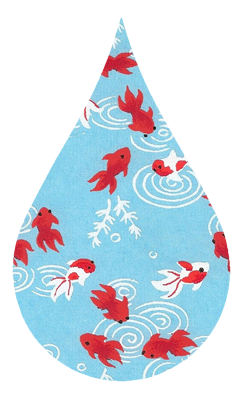

Ground from white mustard seeds – which are actually more tawny in appearance – this mustard powder isn’t as sharp as mustard powders ground from black or brown mustard seeds. Unlike many ground mustards on the market, Spice Jungle’s isn’t neon yellow. This is because many low-grade brands add small amounts of turmeric to create a more vivid color, but this can affect the overall flavor.
Whole seeds have little aroma, and have to be ground for the flavors to awaken. The enzyme myrosinase is what gives mustard its acrid pungency and penetrating heat. However, it’s a fickle enzyme. Water must be added for the enzyme’s flavor to bloom and temperature matters. Cold water will ensure a mustard paste that is intensely hot, bitter, acrid, and pungent (possibly to the point of it being inedible if the water is ice cold). Warm water will mellow it out and hot water will negate the flavor all together.
To make homemade mustard mix powdered mustard with some slightly cooler than warm temperature water mixed with a bit of honey and chilled white wine and stir together. It should all be of a sauce-like consistency. When the myrosinase is first activated it’ll be too brash to be eaten right away (give it a taste and see). Place in a sealed jar in the fridge for two or three days before using.